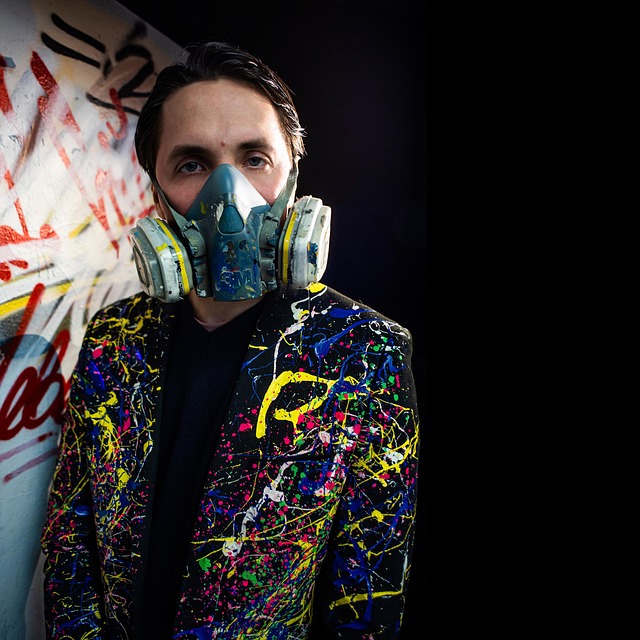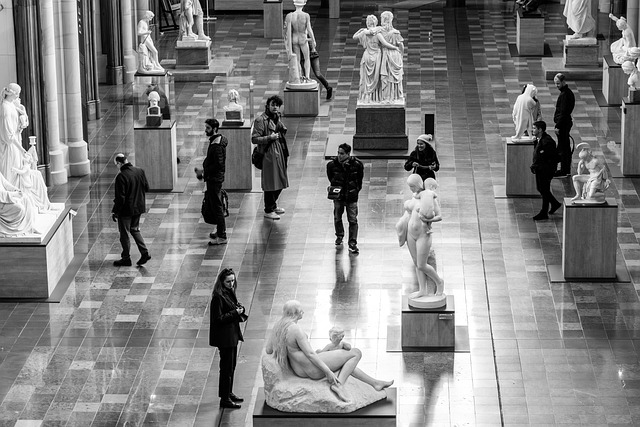Surrealism, with its dream-like imagery and a penchant for the bizarre, has transcended the boundaries of visual art to deeply influence various facets of the entertainment industry, particularly in cinema and music. This fascinating movement, which began in the early 20th century, challenges our perception of reality, inviting us to explore the subconscious mind and the often chaotic interplay of thoughts and feelings. In both films and music, surrealism elicits a sense of intrigue and emotional resonance that captivates audiences around the world.
In the realm of cinema, surrealist filmmakers like Luis Buñuel and Salvador Dalí created works that broke free from conventional storytelling. Their films often featured disjointed plots, bizarre characters, and striking imagery that leaves viewers questioning reality. This tradition does not stop at the pioneers of the past; contemporary filmmakers continue to draw inspiration from surrealism. Directors such as David Lynch and Michel Gondry weave complex narratives that challenge viewers’ perceptions, leading them into a world where dreams and reality blend seamlessly. Lynch’s Mulholland Drive,” for example, invites audiences to interpret each scene, creating a uniquely personal experience steeped in surrealist ideology.
Music, too, has been significantly touched by surrealism. The genre of psychedelic rock, which emerged in the 1960s, embraced surrealist elements through both sound and visuals. Bands like Pink Floyd and The Doors crafted songs that transport listeners into dreamlike realms, where the lyrics are often filled with abstract imagery and emotional depth. Concerts became not just musical performances but immersive experiences, marrying visuals and sounds in a way that echoed the principles of surrealism. The elaborate stage designs, dynamic light shows, and experimental sounds resonate with the dream-like qualities found in surrealist art.
Music festivals further amplify this surreal experience, creating a culture where art, music, and the subconscious converge. Festivals like Burning Man and Coachella provide platforms for artists to express their creativity uninhibitedly, often incorporating surrealistic elements into their performances and installations. Attendees find themselves surrounded by surreal art pieces, vibrant costumes, and eclectic sounds that transport them far beyond the mundane realities of everyday life. The overall goal is to create a safe space for self-expression, where individuals can explore their own identities and emotions, resonating deeply with the surrealist movement’s emphasis on the subconscious.
In both cinema and music, the influence of surrealism encourages a sense of vulnerability and exploration among artists and audiences alike. Artists use their platforms to delve into themes of identity, existence, and the nature of consciousness, evoking powerful emotions that resonate with the human experience. This connection fosters a deep sense of identity and belonging in a world that often feels chaotic and disconnected.
As we continue to explore the realms of the entertainment industry, the legacy of surrealism endures, reminding us of the beauty in the strange and the extraordinary. It invites us not just to experience art and music but to interpret it, to engage with it on a deeper level, and to find meaning within the chaos. Surrealism challenges us to reflect on our own realities while immersing ourselves in new, uncharted territories of creativity and thought.


